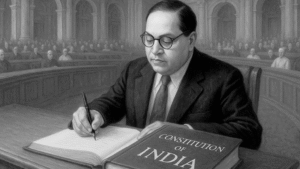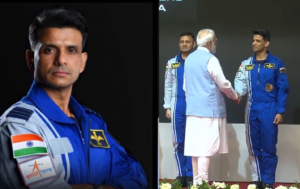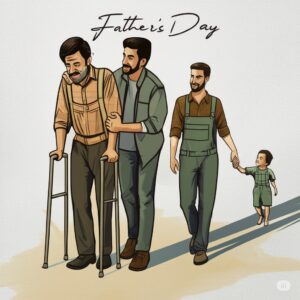Sunita Williams: A NASA Astronaut’s Life, Achievements, and Recent Space Endeavors
Introduction
Sunita Lyn Williams, an esteemed NASA astronaut, has been a pioneering figure in space exploration. With an illustrious career marked by numerous achievements, she has become a role model for aspiring astronauts worldwide. This blog delves into her early life, career milestones, significant contributions to science and space, and her recent missions, highlighting her enduring legacy in the realm of space exploration.
Early Life and Educational Background
Born on September 19, 1965, in Euclid, Ohio, Sunita Williams is the youngest of three siblings. Her father, Dr. Deepak Pandya, is an Indian-American neuroanatomist, and her mother, Ursuline Bonnie Pandya, is of Slovene descent. Williams’ diverse cultural heritage played a pivotal role in shaping her global perspective. She graduated from Needham High School in Massachusetts in 1983 and went on to earn a Bachelor of Science degree in Physical Science from the United States Naval Academy in 1987. Her pursuit of excellence continued with a Master of Science degree in Engineering Management from the Florida Institute of Technology in 1995.
Naval Career and Transition to NASA
Williams commenced her naval career in 1987, receiving her commission as an Ensign. She underwent aviator training at the Naval Aviation Training Command and, by July 1989, began combat helicopter training. Her dedication and skill led her to become a test pilot, accumulating over 3,000 flight hours across more than 30 different aircraft. In 1998, her exemplary service and passion for exploration culminated in her selection as a NASA astronaut candidate.
Contributions to Science and Space Exploration
Williams’ tenure with NASA has been marked by significant contributions:
- Expedition 14/15 (December 2006 – June 2007): Her first mission to the International Space Station (ISS) lasted approximately six months, during which she conducted numerous experiments in microgravity and set a record for the longest spaceflight by a woman at that time.
- Expedition 32/33 (July 2012 – November 2012): On her second mission, Williams served as the commander of the ISS, becoming the second woman to hold this position. She performed three spacewalks during this expedition, further contributing to her record for total cumulative spacewalk time by a female astronaut.
- Spacewalk Records: Throughout her career, Williams has logged over 50 hours in spacewalks, holding the record for the most spacewalks and cumulative spacewalk time by a woman.
Recent Mission and Extended Stay on the ISS
In June 2024, Williams embarked on a mission aboard Boeing’s Starliner spacecraft alongside fellow astronaut Barry “Butch” Wilmore. The mission, initially planned for eight days, faced technical challenges when the spacecraft’s thrusters malfunctioned during its approach to the ISS. This unforeseen issue led to an extended stay on the station, transforming an eight-day mission into a 286-day sojourn.
During this period, Williams and Wilmore continued their scientific endeavors, conducting experiments that contributed valuable data to our understanding of long-duration spaceflight’s effects on the human body. Their resilience and adaptability during this prolonged mission underscored the importance of preparedness in space exploration.
Return to Earth and Rehabilitation
After spending over nine months aboard the ISS, Williams and Wilmore returned to Earth on March 18, 2025, aboard SpaceX’s Dragon Freedom spacecraft. The splashdown occurred off the coast of Florida, marking the successful conclusion of their extended mission.
Extended exposure to microgravity poses challenges to the human body, including muscle atrophy and bone density loss. Consequently, both astronauts are undergoing a rigorous 45-day rehabilitation program to readjust to Earth’s gravity, focusing on regaining muscle strength, flexibility, and overall physical health.
Personal Life and Cultural Connections
Williams’ personal life is as inspiring as her professional achievements. Married to Michael J. Williams, a federal police officer, she maintains strong ties to her cultural roots. Her father’s origins trace back to Jhulasan village in Gujarat, India, and she has expressed pride in her Indian heritage. Her family has celebrated her accomplishments, acknowledging her role as a beacon of inspiration for many.
Legacy and Impact
Sunita Williams’ career serves as a testament to dedication, resilience, and the spirit of exploration. Her contributions have not only advanced scientific knowledge but have also inspired countless individuals, particularly women and those of diverse backgrounds, to pursue careers in science, technology, engineering, and mathematics (STEM).
Conclusion
Sunita Williams embodies the essence of a trailblazer in space exploration. Her life’s work continues to influence and inspire, reminding us of the boundless possibilities
Share this content:














Post Comment